Our tips for buying and preparing food during the coronavirus pandemic

ElasticComputeFarm - pixabay.com.
Here’s why spending less time in the grocery store—and more time washing your hands—matters most to lower your exposure.
“The biggest risk is physically going to the grocery store,” says Benjamin Chapman, a professor and food safety extension specialist at NC State University who helps food companies, supermarkets, and restaurants minimize the risk of foodborne illness caused by germs like Salmonella and E. coli.
Your grocery shopping goal: “Get in and get out as quick as possible,” says Chapman.
That’s because the coronavirus that causes COVID-19 mainly spreads from person to person in situations where it’s hard to maintain social distancing. Staying at least 6 feet apart from others can be tricky in supermarkets, even as many grocers take important steps to limit the number of people in stores, direct traffic in one-way aisles, and separate shoppers at checkout.
So it makes sense to stay out of the supermarket when you can. In particular, people at higher risk for serious illness from COVID-19—that is, those aged 65 years or older, those with underlying medical conditions, or those who are immune-compromised—may want to use a grocery delivery service, schedule curbside grocery pickup, or ask a friend, family member, or neighbor who’s already heading to the store to pick up and drop off groceries outside their door.
Click on a link to jump to specific tips:
- What to do inside the grocery store
- What to do when you bring home your groceries
- What to do about takeout and delivery from restaurants
- What to do with fresh fruits & vegetables
- How to wash or sanitize your hands
- How to clean and disinfect kitchen surfaces
What to do inside the grocery store
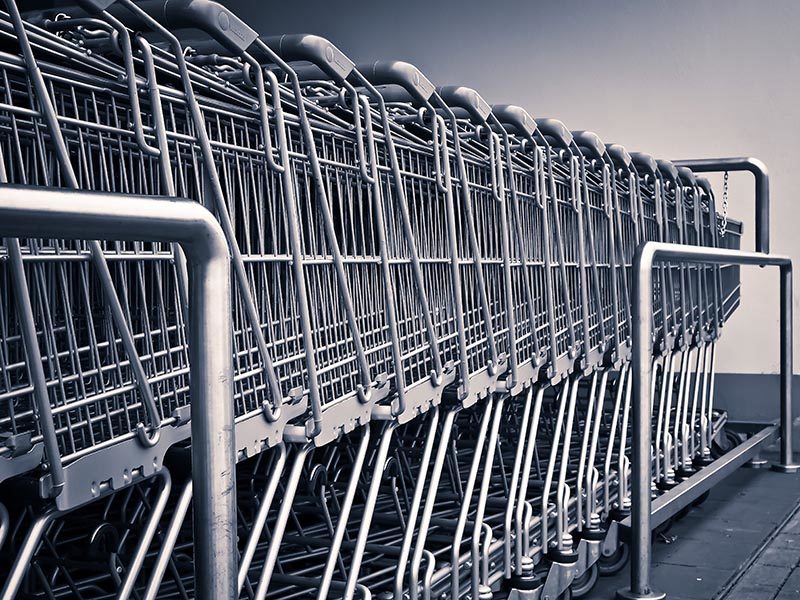
Grocery delivery or pickup isn’t always an option. Demand for time slots may be high.
If you’re shopping in the supermarket, common-sense precautions can help lower your risk. Think “How do I distance myself from other people?” and “What about my hands?” Chapman recommends.
Before you go:
Plan meals first. Rely on dishes with flexible ingredients—in case you need to substitute, say, cabbage for bok choy—and simple recipes for long-lasting healthy staples to stretch time between shopping trips.
Make a list. Use your meal plan to write a list. Organize it by store section (produce, dairy, grains, meat and poultry, etc.) to limit your time inside.
Don’t go shopping if you have symptoms like fever, dry cough, or shortness of breath.
Shop alone, if possible. Bringing the entire family to the store “just magnifies this risk for everybody,” says Chapman. (It also lengthens the wait time to enter stores that are limiting shoppers.)
Shop during off-peak hours, if possible. Less-crowded stores can make it easier to keep your distance from others. Many chains are setting aside special hours for shoppers who face greater risks because they’re older or immune-compromised.
At the store:
Cover up. Wear a cloth face covering. We now have evidence that many people with coronavirus never get symptoms or can spread the virus before symptoms start. That’s why the Centers for Disease Control and Prevention recommends wearing cloth face coverings in grocery stores and other places where social distancing is hard to do—and some stores and localities may require it. (Here’s a video about how to make your own.)
Sanitize hands and handles. Use hand sanitizer before going into the store and wash your hands or use hand sanitizer as soon as you can after leaving. As for shopping cart handles, “I’m thinking about where my hands are going to go,” Chapman says. So if you have—or if your store provides—disinfecting wipes, wipe down shopping cart or basket handles.
Hands off. Try to avoid touching your mouth, nose, or face while shopping.
Keep your distance. Maintain social distancing as much as possible. Try to give others at least 6 feet of space.
Don’t throw away your reusable grocery bags. While some states have banned their use, at this time there is no link between reusable bags and COVID-19, according to the NC State Extension. But—pandemic or not—cleaning bags regularly is a wise food safety move. That’s because other germs on groceries (on raw meat or poultry, for example) could make you sick. NC State has tips for cleaning reusable plastic, nylon, and cloth bags.
Buy only what you needfor a few weeks. The Food and Drug Administration says that there are no nationwide shortages of food. But the inventory of certain foods might be temporarily low until your supermarket can restock, so leave enough for others.
What to do when you bring home your groceries
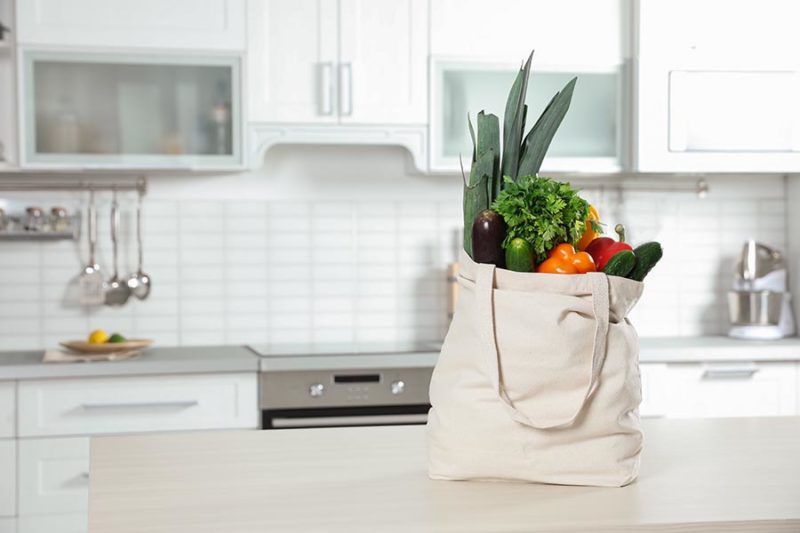
Wash your hands when you get home after shopping and after putting away groceries.
Wash your hands before and after preparing food.
There’s no reason to store groceries outside your home for days. Leaving perishable food outside or in a garage at an unsafe temperature could “create a situation that leads to foodborne illness issues,” notes Chapman.
There’s no reason to disinfect the outsides of food packages. Spraying boxes with Lysol is no more effective than washing your hands after shopping, putting away groceries, and preparing food, Chapman says. What’s more, he points out, “you’re using up a lot of your sanitizer or disinfectant.” Think about keeping a disinfectant supply on hand in case someone in your household gets sick.
What to do about takeout and delivery from restaurants
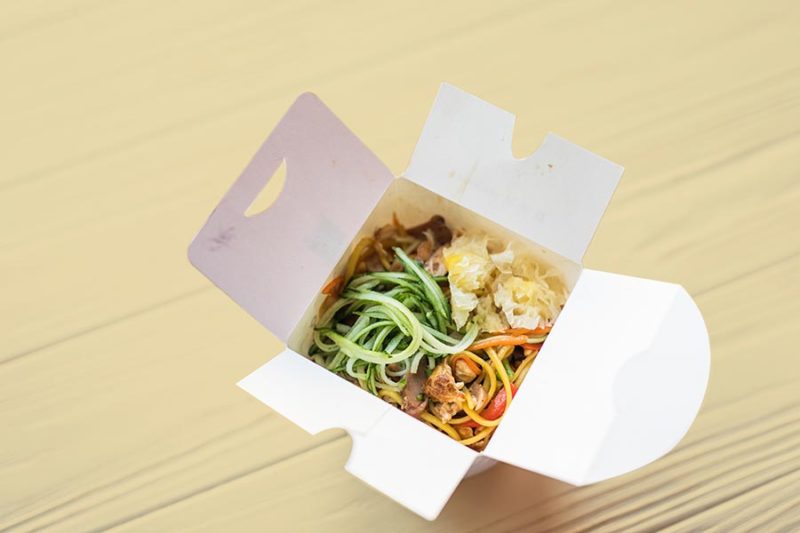
So far, we don’t have evidence that the virus can be transmitted by eating contaminated food. You can lower your risk by minimizing close contact with restaurant or delivery workers:
Use takeout, drive-thru, or delivery. They’re all ways to get restaurant food while maintaining social distancing.
Skip handoffs. Many food delivery services now have “contactless” delivery, which means you can ask the delivery worker to send a message or call when they leave food outside your door.
Wash your hands. The risk of transferring the coronavirus from the packaging is very low, based on what we know so far. But to play it safe, wash your hands after handling food deliveries and before eating.
What to do with fresh fruits & vegetables
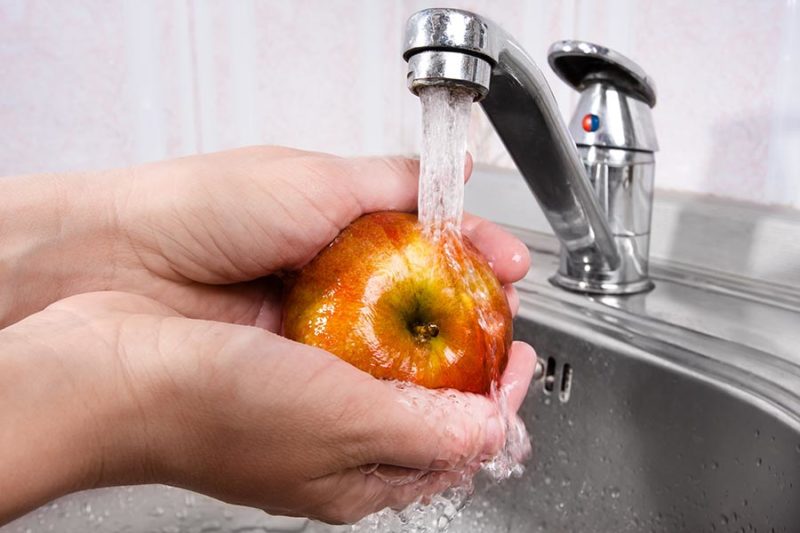
Advice for fresh produce is no different from the food safety tips that help reduce your risk of illness anytime:
Wash your hands before preparing fruits and vegetables and before eating. (Ditto for any food that isn’t going to be heated.)
Rinse fresh fruits and vegetables under plain running water before eating. Rinsing with water is enough to remove virtually all of the virus particles that might be present, Chapman says.
Don’t wash produce with soap, detergent, or disinfectants. “Soap is not formulated for consumption,” says Chapman. You’re looking at a small risk of upset stomach or nausea. And rinsing with bleach that’s strong enough to disinfect is unsafe, Chapman cautions.
Scrub firm produce (melons, avocados, cucumbers, etc.) with a clean produce brush under running water before cutting.
Don’t re-wash bagged greens or other packaged pre-washed vegetables. You could contaminate them with other bugs in your sink.
Does refrigerating or freezing fruits or vegetables inactivate the virus? Don’t count on it. We need more tests to know how long the virus remains viable at different temperatures. But cooking is another story. Enough heat should inactivate the coronavirus.
But you needn’t cook your (washed) fresh produce to reduce the risk of exposure, Chapman adds. That’s because transmission hasn’t been linked to eating raw foods.
How to wash or sanitize your hands
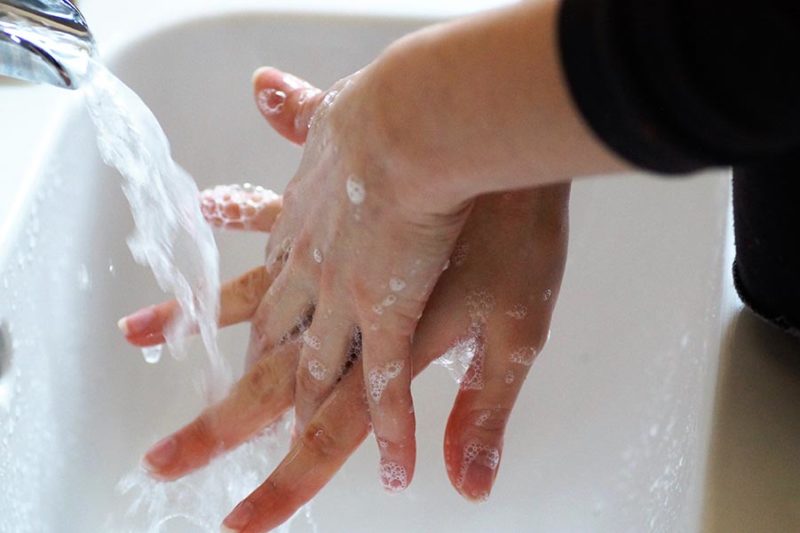
Washing your hands thoroughly means scrubbing all surfaces—including the backs of your hands, under your nails, and between your fingers—with soap and water for 20 seconds.
The CDC recommends cleaning your hands:
- After blowing your nose, coughing, or sneezing
- After using the restroom
- Before eating or preparing food
- After contact with animals or pets
- Before and after providing routine care for another person who needs assistance (like a child)
Use hand sanitizer if soap and water aren’t available. The coronavirus is inactivated “when exposed to at least 60% ethanol hand sanitizer or 70% isopropanol hand sanitizer because the protein coat breaks apart and spills out all of the RNA, the genetic material that’s in it,” Chapman explains. “Soap does a similar thing.” (Hand sanitizer works that way for some foodborne pathogens, but not for others, like Norovirus, he cautions.)
How to clean and disinfect kitchen surfaces
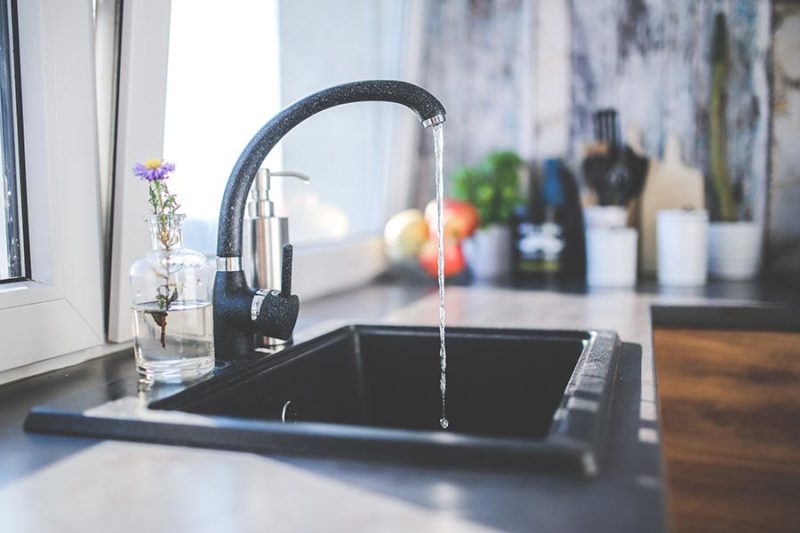
If hard kitchen surfaces like sinks and countertops are dirty, clean them with soap and water or detergent before disinfecting them with a product that’s expected to be effective against the coronavirus. It’s especially important to disinfect surfaces regularly if someone in your household is sick.
Check the Environmental Protection Agency’s list of disinfectants that are effective against the coronavirus. “If it’s not on that list, you might be wasting your time on it,” Chapman cautions. Products on the EPA’s list have not been tested against the coronavirus that causes COVID-19—it’s too early for that—but the EPA expects them to kill the virus because they’re either effective against a harder-to-kill virus or against another human coronavirus.
Check the contact time. The “contact time” column of the EPA’s list notes how many minutes it takes for the disinfectant to work. And be sure to follow the instructions on the product label.
You can use diluted household bleach solutions if they’re appropriate for the surface you’re disinfecting. First, check to make sure the bleach isn’t past its expiration date. The CDC recommends preparing a bleach solution by mixing 5 tablespoons bleach per gallon of water or 4 teaspoons bleach per quart of water. (Never mix bleach with ammonia.) Prepare only the amount of bleach solution you need for a day. Its disinfecting ability fades with time.
The EPA’s list includes only surface disinfectants.
Photos (top to bottom): ElasticComputeFarm/pixabay.com, MichaelGaida/pixabay.com, New-Africa/stock.adobe.com, F8studio/stock.adobe.com, rodimovpavel/stock.adobe.com, ivabalk/pixabay.com, kaboompics/pixabay.com.

